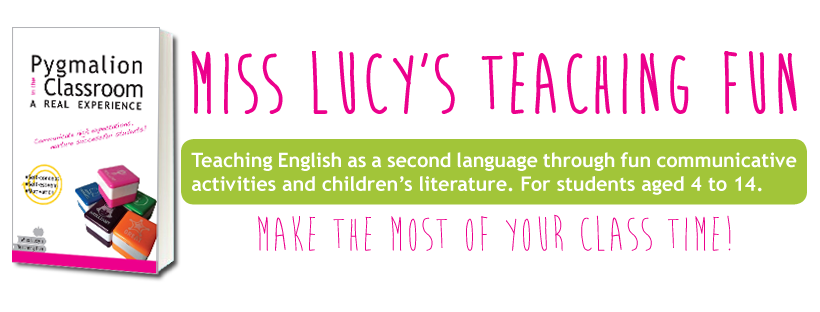 |
| A Tale Drak and Grimm Cover |
It's universally known that the original Grimm brothers' tales were not exactly what we're used to hearing. The first version of Children's and Household Tales contained stories quite unsuitable for children, because of scenes of violence and sexuality, therefore, many details were changed in order to publish a less cruel and gory version of it (take a look on Wikipedia).
Nowadays it is very easy to find sweet and generously illustrated versions of those tales, but where's the catharsis? What about the process of getting over life's difficulties to evolve into a wise adult?
A Tale Dark and Grimm is a pretty complicated book to describe because it presents many different interesting aspects, but it especially guides the reader along the path of Hansel and Gretel's lives, exquisitely explaining the emotions that our young protagonists are feeling at every step of the adventure of growing up.
As the narrator says, this book presents 'the real story of Hansel and Gretel' from before their birth to their coronation as the new king an queen of the Kingdom of Grimm, passing through, not only the chocolate cake house and the old lady who wanted to eat them but, also, several other Grimm stories: Faithful Johannes, The seven Swallows, Brother and Sister, A Smile as Red as Blood and The Three Golden Hairs. From time to time The Three Ravens that can predict the future appear.
"A brilliant fairy-tale salad" as Gianni Rodari would have called it! (chapter 20, The Grammar of Fantasy)
The plot is basically based on these two siblings who run away from their original parents to look for new parents who will take care of them and won't hurt them. The reason they run away is that their father cuts their heads off in order to save his old servant Johannes' life, and when they are brought back to life by magic, they decide that they cannot trust their parents' love. But running away to find a new family seems more difficult and painful than expected. During their long journey they have many adventures, most of them gruesome and gory.
And here comes, if can I express my sincere opinion, the best part of the book: the narrator. Highlighted by bold type, pops up to warn the reader, with humour and pleasant fickleness, about the terrifying scenes waiting for him in the following pages. Also, he clearly gives us a pedagogic explanation of what we are reading. I've been imagining him as a sagacious little gnome coming out from the edge of this enchanted world to get some air during the entrancing reading of the story.
I was particularly pleased by the author's way of explaining the development of the parent/child relationship. Hansel and Gretel, after being beheaded, are naturally disappointed in their parents' behavior. Their parents, on the other hand, feel guilty for what they have done, and eventually these two emotions must be resolved in a final confrontation. It's not simple to forget and it's easier to be miserable, but in the end forgiveness and sympathy will triumph.
I have read many worried posts written by teachers and parents about this book.
While the reviews are generally positive, many people are worried that too much violence could traumatize their children or students forever. This impression reminded me a kind of comic moment in my teaching carer.
I was using fairy tales as activities in class, when an 8-year-old boy told me, referring to The Seven Kids and The Wolf : "I've never understood how it's possible that mother goat can cut the wolf's belly, take her kids out, fill the wolf's stomach with rocks and sew it again while the wolf keeps sleeping!!!"
In that moment I realized that we can't sympathize with anyone's pain if we haven't experienced pain in our own lives. Also, I think that children can usually distinguish real experiences from 'Once upon a Time' reality.
Anyway, the author has a FAQ page on his website, to clarify any further doubts about it.
And while you are at it, take a couple of minutes to read Adam's posts and comments, he is a very nice and smart guy!
On the same page you'll find a Teacher's Guide with lots of classroom activities.
Lucy
dedicates a lot of time and love to thinking about and writing the
posts she shares with all of you. Because she believes that a better
teaching is the key for a better future. If you find any help, value or
joy in this blog, please consider becoming a supporting reader. A
donation, in any amount, will be gratefully accepted.





